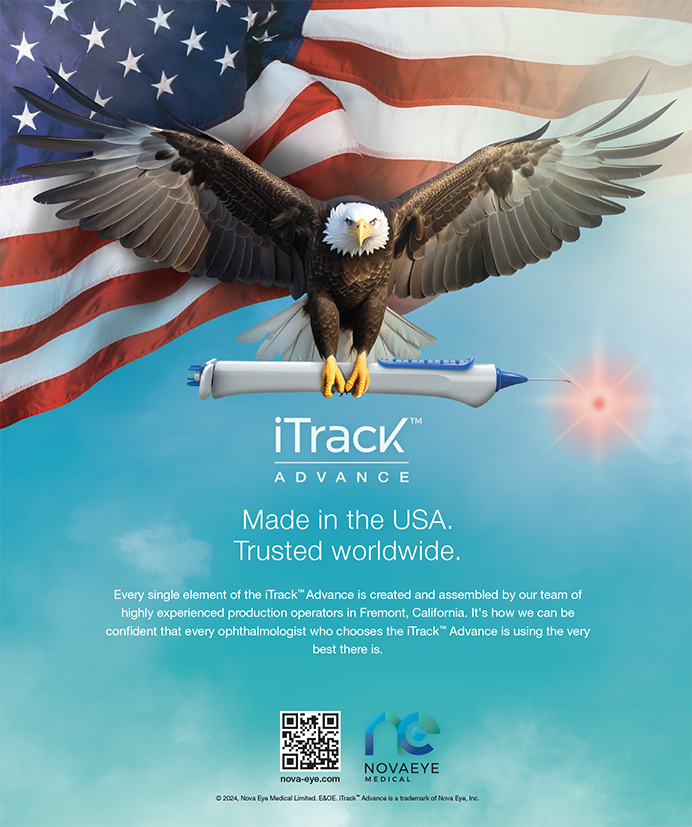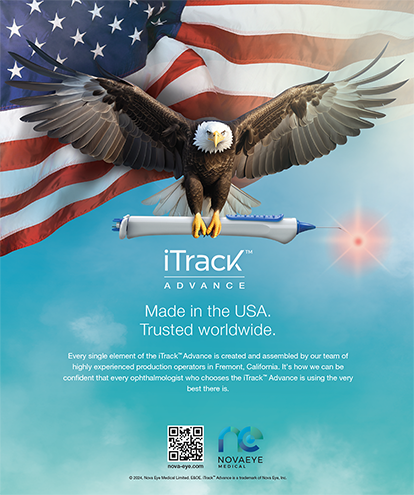
Recently, I took some time to reorganize my garage, and I came across a bin of old electronic devices—an old laptop, external hard drives, wireless routers, a mini-DVD video camera, a few obsolete audiovisual cables, and a CD player. The find made me reflect on how fast technology advances, how quickly today’s great tools are replaced by better devices. I thought about my practice’s warehouse, which holds old medical records, furniture, a conductive keratoplasty machine, a laser thermal keratoplasty machine, an old phaco machine, an old YAG laser, and a rudimentary Placido-based topographer. At one point, these and the other stored devices were mainstream, best-in-class technology. Recent technology can quickly look dated as new products come to market. An example is seen in current femtosecond lasers and the smaller, newer, more cost-effective capsulotomy devices that may quickly come to market and could displace the former technology that surgeons just started using. Pharmacologic and laser therapy for presbyopia and IOLs that are adjustable in situ are on the horizon, and they only make it clearer that current modalities will soon be obsolete.
As a group, however, physicians are often slow to adopt new technology and techniques. Ophthalmic examples include not just phacoemulsification and the first IOLs but also more recent, well-proven technology such as toric and presbyopia-correcting IOLs, laser cataract surgery, and astigmatic correction at the time of cataract surgery. The requirement for clear evidence and scientific data supporting the utilization and adoption of technology aside, I still see a camp of resistant, pessimistic doctors every time a new technology comes to market. Some fear the product or procedure is driven solely by industry’s need for financial gain. Some are concerned that the product or procedure is unnecessary, because current options are adequate. Others emphasize short-term financial modeling challenges over big-picture success with better outcomes. LASIK surgeons understand that this type of thinking yields stagnation and failure. Those who evaluate new technology and adopt what is valuable are the driving force behind innovation in our field. They must advocate for the improvement of global eye care by educating their peers and setting new standards of practice. Refractive surgeons must convey the value of technology and technique in delivering excellent UCVA after eye surgery.
When cleaning out the garage, I recommend immediately throwing out or recycling old electronic devices. The same goes for ophthalmic practices. To offer the best chance of safety and success to patients, surgeons must continue to evaluate what they are doing and the tools they use. Stagnation is not useful. Surgeons run the risk of obsolescence if they do not stay current. They must try to keep an open mind and an open spirit toward a more precise, efficient, cost-effective, and enjoyable practice.
Robert J. Weinstock, MD
Chief Medical Editor


